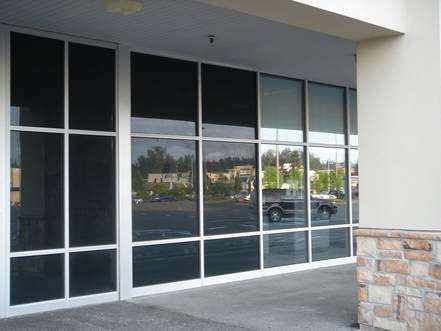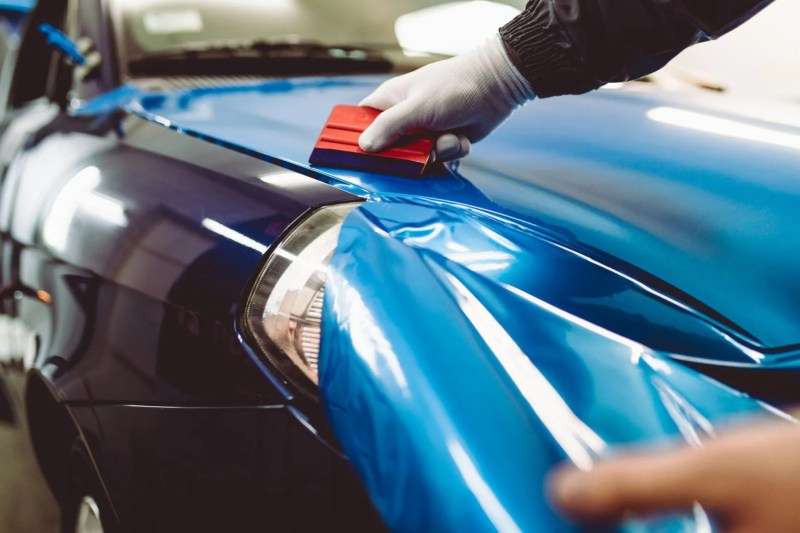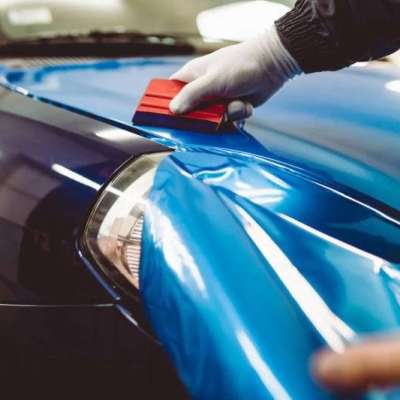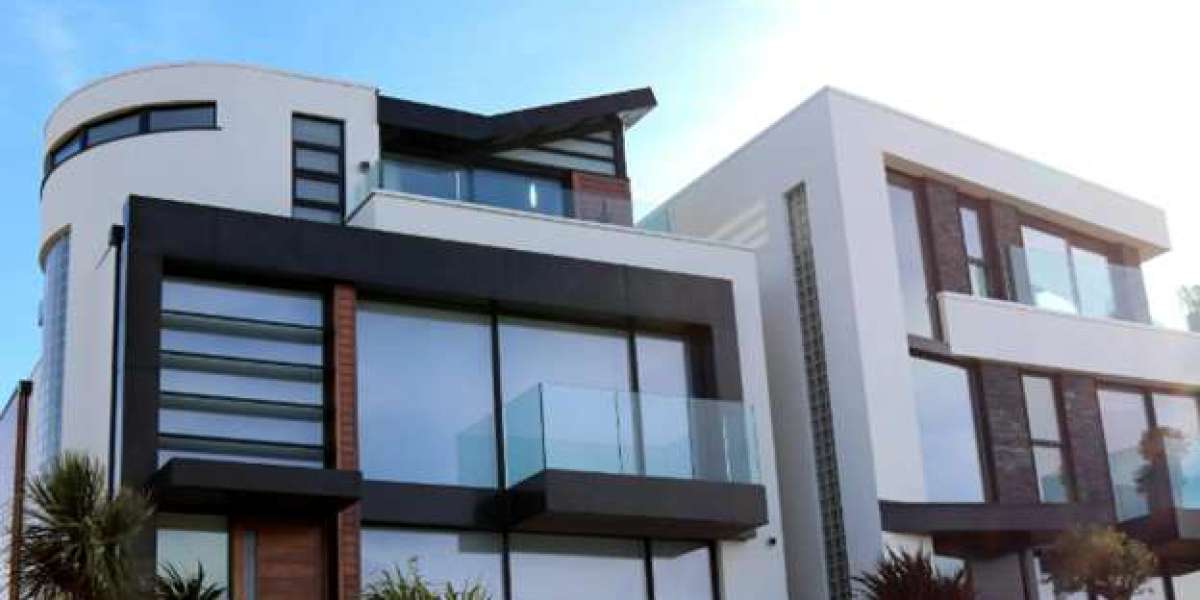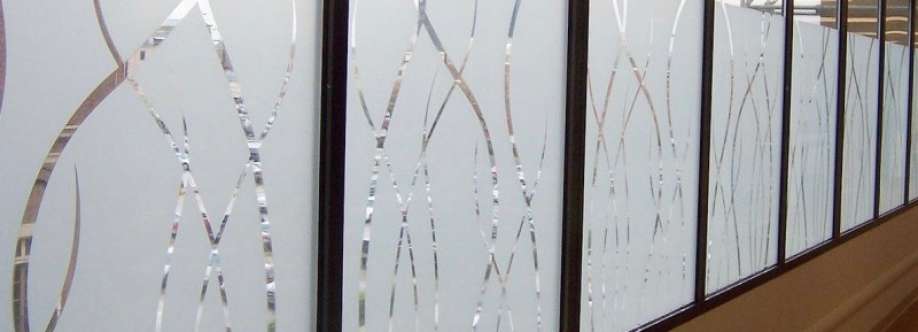One-Way Mirror vs. Privacy Tint: How to Pick the Right Film for Every Room
Demand for window films has grown far beyond police-station mirrors. Homeowners and business managers now see reflective and tinted films as quick, budget-friendly ways to control views, heat, and glare. In the Philadelphia window film market, the choices can feel endless, yet the real decision usually comes down to two categories: one-way mirror film and privacy tint. The differences between them affect comfort, security, and even nighttime routines. Below is a clear-cut guide that keeps sales jargon to a minimum.
What exactly is one-way mirror film?
One-way mirror home window tint Philadelphia (sometimes called “daytime reflective”) film has a shiny metalized layer that bounces exterior light back at onlookers. Because daylight outside is brighter than interior light, passers-by see a mirror, while the occupants look through lightly shaded glass. Performance numbers can be impressive: some products turn away up to 82 percent of solar heat and 93 percent of glare, trimming energy bills in summer and protecting furnishings year-round. Premium lines from 3M even reach 71 percent heat rejection while preserving a surprisingly clear nighttime view if the interior lights are kept modest.
What about privacy (non-mirror) tint?
Privacy tint is darker or dyed rather than highly reflective. Instead of relying on light imbalance, it simply limits the amount of visible light moving both ways. Tinted films cut glare and block UV rays yet still let occupants see out; frosted or decorative versions blur the view entirely for 24-hour discretion. Industry guides list the key trade-off: standard tints offer only “limited privacy at night” once lights come on, so secondary coverings may still be needed. Frosted films, on the other hand, keep prying eyes out around the clock but remove the view along with them.
Because tint comes in multiple shades and styles, installers can tailor it to electronics-heavy rooms, children’s bedrooms, or spa-like baths that must stay private no matter the sun’s angle. Businesses gravitate toward darker, dual-reflective versions for conference rooms that host after-hours meetings—an area where commercial window tint Philadelphia vendors have carved out a niche.
Head-to-head: advantages and drawbacks
When comparing one-way mirror film and privacy tint or frosted film, each option has distinct strengths and limitations. One-way mirror film offers excellent daytime privacy and allows a clear outdoor view, making it ideal for maintaining visibility while blocking prying eyes. However, its night privacy is weak unless exterior lighting is significantly brighter than the interior. It excels in heat and glare control, blocking up to 82% of solar heat, and presents a sleek, mirror-like exterior. The cost typically ranges from $5–$10 per square foot installed.
On the other hand, privacy tint provides good to excellent daytime privacy and varies in nighttime effectiveness—fair for tinted film and strong for frosted options. While tinted film maintains a clear view outside, frosted film eliminates visibility entirely. Heat and glare control range from moderate to high depending on the shade or type. Aesthetically, tints have a neutral gray tone, while frosted films offer a more decorative, diffused look. Costs are generally similar to mirror films for tints, though frosted film tends to be slightly higher. Both types are easy to update or remove with a peel-and-replace process.
Cost matters, too. Swapping entire panes for factory-tinted glass can run around $375 per window, while film installation typically stays in the single-digit range per square foot. That gap often tips the scales for budget-minded property managers.est rooms for each option
One-way mirror: street-facing living rooms, lobby glass, retail display walls, gyms where members appreciate daylight but not sidewalk stares.
Tinted privacy film: media rooms, south-facing bedrooms, nurseries, cafés with large picture windows.
Frosted or decorative film: bathrooms, ground-floor bedrooms, internal partition glass in clinics or law offices.
Search results for “Philadelphia window film near me” show many hybrid projects—one-way film on lower panes for daytime security, frosted bands higher up to shield ceiling-mounted lights after dusk. Mixing styles can give each room its own privacy schedule without sacrificing light across the whole façade.
Installation pointers
Professional installers use filtered water, squeegees, and lint-free pads to eliminate bubbles; a solid job usually takes less than an afternoon for a standard three-bedroom home. Because both film types raise exterior glass temperature, double-pane units in full sun deserve a quick stress check first. Reputable crews—often listed under Best window tint Philadelphia PA on trade sites—measure surface temperatures and recommend lighter shades where needed.
DIY kits from big-box stores cost less, yet the savings vanish if creases or trapped dust force a redo.
Putting it all together
Choosing between the glare-busting sparkle of a mirror film and the all-hours coverage of privacy tint comes down to when each room is in use, how much view you want to keep, and whether evening guests will sit near the windows. Pair the film style to the lifestyle—then back it up with shades or strategic exterior lighting after dark for complete control. When you’re ready, a quick search for Window tinting near me connects you with certified pros who can measure, cut, and install in one visit.
Comfort, confidentiality, and energy savings can start with something as thin as a sheet of polyester. Pick the film that suits each space, and the glass will do the heavy lifting the moment it’s pressed into place.
